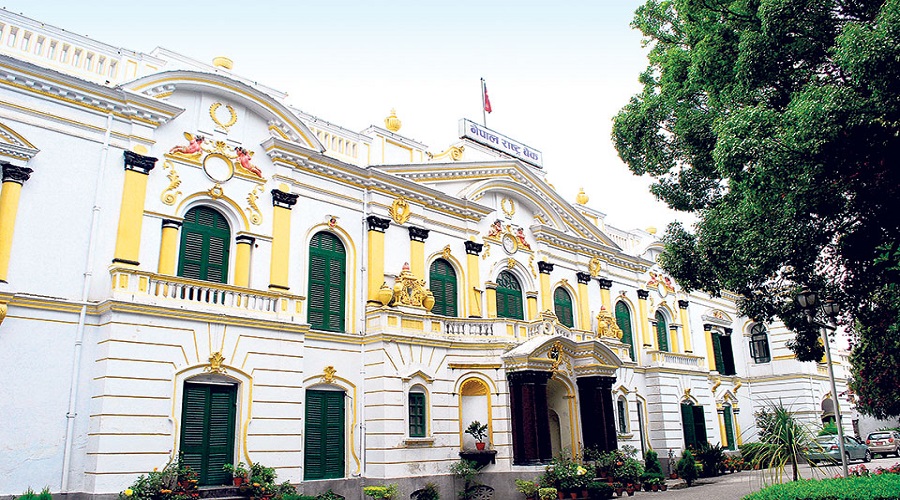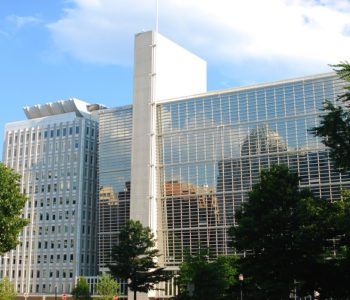Remittance inflows surge despite fewer Nepalis going abroad

KATHMANDU: In a surprising economic trend, Nepal has experienced a sustained increase in remittance inflows despite a decline in the number of Nepalis seeking employment abroad in the current fiscal year. The robust exchange rate of the US dollar, along with other factors, has contributed to this phenomenon.
The Nepal Rastra Bank (NRB) reported that the country received Rs 1198.6 billion in remittance during the first ten months of the fiscal year 2023/24, marking a 19.2 percent increase compared to the same period last year, which saw a 23.4 percent increase. In US dollar terms, remittance inflows rose 17.1 percent to $9.02 billion, up from a 13.4 percent increase in the previous year.
During this period, 374,887 Nepalis received approval for foreign employment, and 237,893 received approval for re-entry, down from 421,279 and 238,976 respectively, the previous year.
The NRB’s latest macroeconomic and financial situation report also highlighted several key economic indicators. Consumer price inflation moderated to 4.4 percent in mid-May 2024 from 7.41 percent a year ago. Food and beverage inflation stood at 6.27 percent, while non-food and service inflation was 2.96 percent. The current account achieved a surplus of Rs 193.25 billion, compared to a deficit of Rs 63.74 billion in the same period last year.
Net foreign direct investment (FDI) was positive at Rs 6.98 billion, up from Rs 4.36 billion the previous year. The balance of payments (BOP) achieved a surplus of Rs 392.64 billion, compared to a surplus of Rs 209.49 billion the previous year.
However, the report also indicated a continued decline in merchandise exports, which fell by 3.6 percent to Rs 126.17 billion. This is an improvement from the previous year’s significant decrease of 24.5 percent. Notably, Nepal’s exports to India decreased by 5.6 percent, while exports to China surged by 68.1 percent. Imports also declined by 2.4 percent to Rs 1303.36 billion, compared to a 16.8 percent decrease a year ago. Imports from India and other countries decreased by 3.4 percent and 20.8 percent respectively, while imports from China increased by 34.4 percent.
In terms of specific goods, exports of zinc sheets, particle boards, juice, readymade garments, and oil cakes increased, whereas exports of palm oil, soybean oil, woolen carpets, and tea decreased. On the import side, transport equipment, vehicle parts, readymade garments, aircraft parts, electrical equipment, and textiles saw an increase, while imports of crude soybean oil, gold, hot-rolled sheet in coil, crude palm oil, and rice/paddy decreased.
The gross foreign exchange reserves increased by 26.2 percent, reaching Rs 1942.4 billion in mid-May 2024, up from Rs 1539.36 billion in mid-July 2023. In US dollar terms, reserves rose by 24.2 percent to $14.54 billion from $11.71 billion in the same period.
This increase in remittance inflows and the improvement in several economic indicators highlight Nepal’s resilient economic landscape amidst changing global and domestic conditions.













Facebook Comment